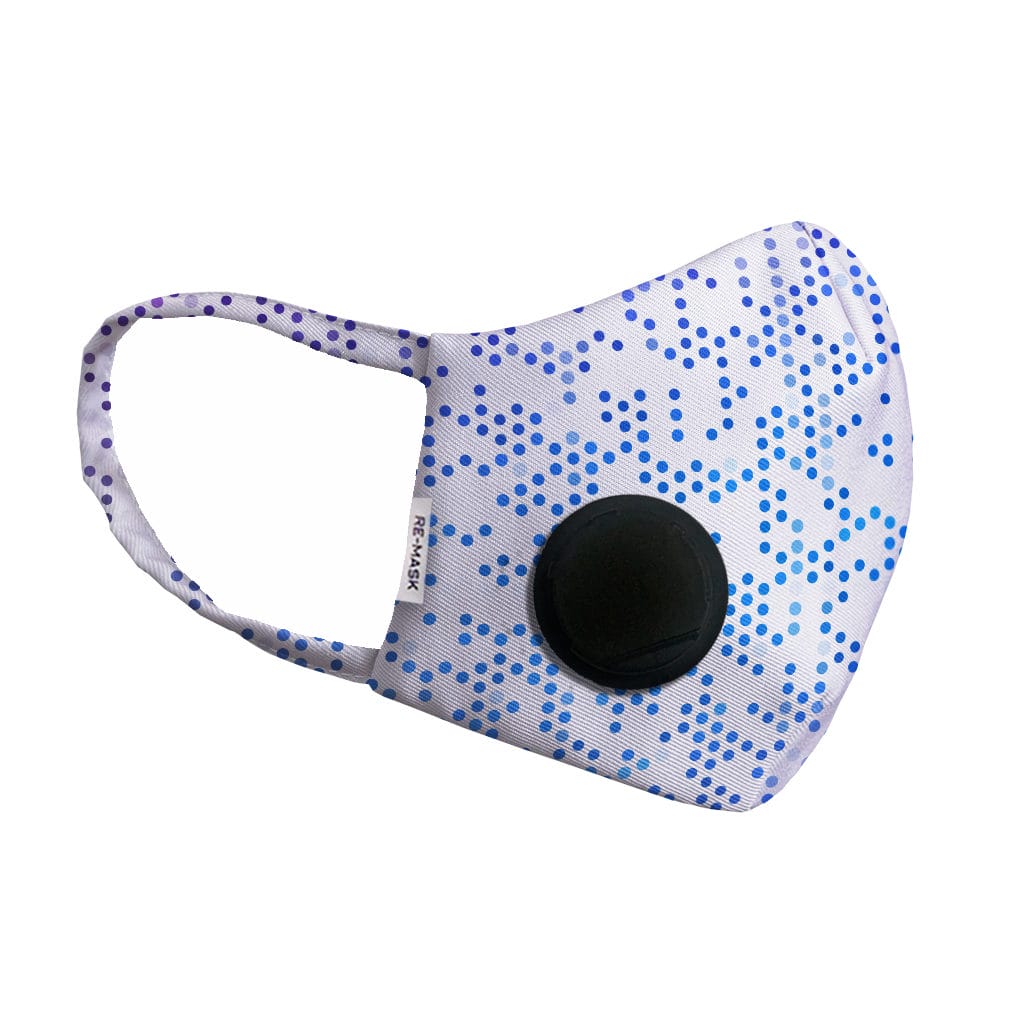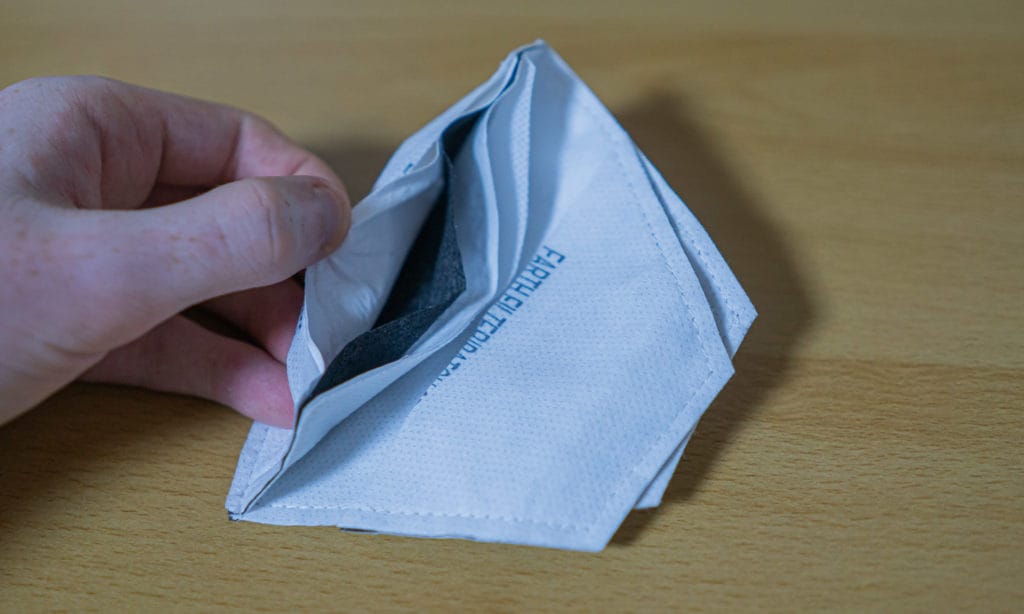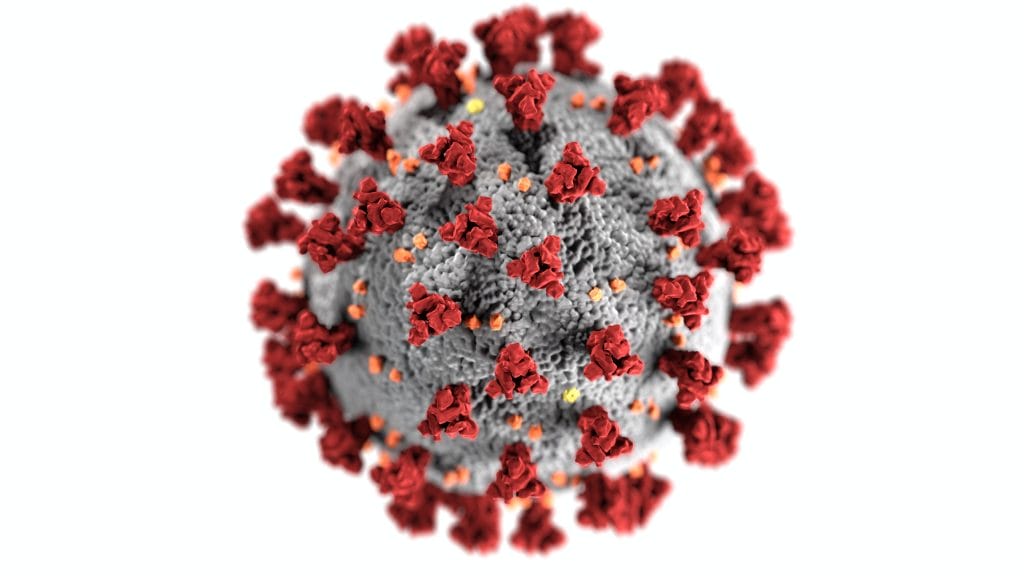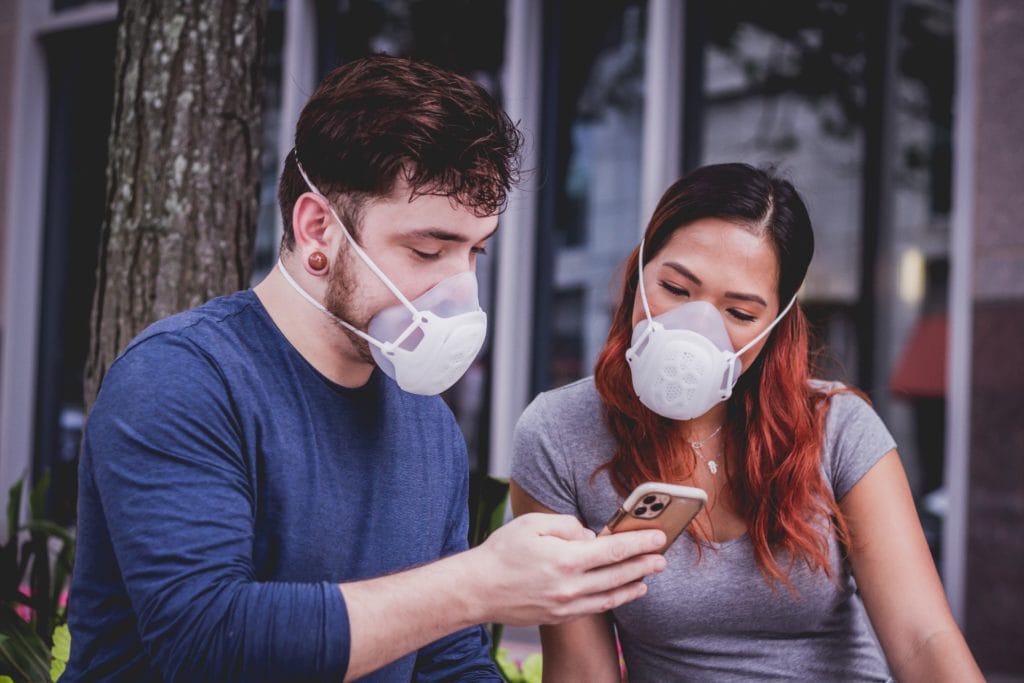There is a common misconception that masks with valves are better than those without them. Whether it’s because they look ‘cooler’ or because we have been told they perform better, this isn’t the full truth.
Masks and respirators with valves can indeed provide better performance. However, they are designed for specific use-cases. Masks with valves are not universally better than masks without them.
This is a fact that we have become increasingly aware of as many countries and cities are banning masks with valves. In this post, I aim to answer a few questions regarding masks with valves. Why do masks have a valve? When is a valve good?
For preventing the spread of viruses, and when sterile conditions must be maintained, masks with valves should NOT be used.
This post contains affiliate links. For more information, please refer to my affiliate disclaimer.
Information on this blog is for informational purposes only. Readers are encouraged to confirm the information herein with other sources. Furthermore, this information is not intended to replace medical advice from professionals. This website assumes no responsibility for the accuracy of the information, which is subject to change without notice.
Why Do Masks Have a Valve?

Re-Mask Pro, anti-pollution mask with a valve.
The intention of valves on masks is twofold. Valves are designed to reduce the exhalation resistance that the mask and filter create. That is to say, valves are designed to make breathing easier for the wearer.
While they are designed to make breathing easier, it’s important to note that valves on respirators do not influence the breathing resistance on inhalation. The most common valve design features a valve that closes when the user breathes in and that opens when the user breathes out.
Although valve masks are designed to decrease exhalation resistance, many users also notice other benefits. Some of these include having a cooler air temperature (within the mask) allowing for more comfort, less moisture build-up and easier expelling of exhaled breath.

While there are not many studies currently surrounding the impact of valves on masks (and therefore the wearer), 3M has conducted thermal tests on their Cool Valve technology. While this technology is unique to 3M, we can predict that other masks with valves would show similar results. These tests showed that the surface temperature of the respirator on exhalation was far lower on masks with valves.
While there is a common misconception that masks can cause a build-up of carbon dioxide, which in turn, can lead to damaging health impacts, this is not true for either masks with valves or those without. ‘A 2010 study indicated that although CO2 levels increase inside filtering facepiece respirators (such as N95s) during wear, health indicators do not change significantly, suggesting that there is no effect on health’ (3M).
In conclusion, masks with a valve are designed to provide more comfort to the wearer. This is achieved through allowing for easier air exhalation, which in turn can reduce air temperature within the mask and reduces moisture buildup.
This is especially important if the mask must be worn in hot and/or humid conditions or if the user is physically exerting themselves. In both of these cases a mask with a valve will provide more comfort.
Do Valves on Masks Impact Filtration Performance?

Earth Filter universal filter.
No. A mask with a valve provides the same filtration as a mask without. As the CDC states, ‘An N95 respirator with an exhalation valve does provide the same level of protection to the wearer as one that does not have a valve’.
This is another common misconception about masks with valves. However, it’s important to note that when the user is intaking air, the valve closes, forcing air to pass through the filter. That means that all air is required to pass through the filter (on intake) providing the same filtration as masks without a filter.
However, there is one important aspect to note. That is that masks with a valve do NOT filter the air that is expelled by the user. That is to say, masks with a valve only filter air one way. They do not filter the air being exhaled by the wearer.
This means that masks with valves will only filter air being breathed in by the user, not that which is being breathed out. Respirators with valves do not differ in filtration performance for the wearer, but unlike masks with no valve, air exhaled by the wearer will be unfiltered.
When Is a Valve Bad?

When it comes to viruses, masks with valves should NOT be used.
Since masks with valves do not filter expelled air, the uses for these masks are limited to specific situations. When it comes to protection from fine particles such as air pollution, a mask with a valve is a good choice.
However, when air needs to be filtered both ways these masks should NOT be used. With the current pandemic situation, we have begun to see masks with valves banned in some areas of the world.
This is due to the fact that masks with valves do not filter expelled air or catch droplets from the wearer. In our current situation though, it’s important to not only filter the air that you breathe but also to filter the air that you expel.
Since symptoms are often not noticeable for days, it’s vital to make sure that you are also filtering the air that you expel. It is for this reason that we currently see that valved masks are being recommended against.
The following are the guidelines around respirators with valves from the CDC.
- Wear a respirator without an exhalation valve when both source control and respiratory protection are required.
- If only a respirator with an exhalation valve is available and source control is needed, cover the exhalation valve with a surgical mask, procedure mask, or a cloth face covering that does not interfere with the respirator fit.
It is due to the one-way filtration that there have been many headlines recently stating that masks with valves are worse than no mask at all. While these headlines may not be totally true, it is important to make sure that you are wearing a mask without a valve when it comes to viruses and other contagious particles.
If you have only a respirator with a valve, then consider following the CDC guidelines and placing a cloth or surgical mask over the exhalation valve. This means that you, as the wearer, can get the better filtration qualities of the respirator (assuming it is fitted correctly), while still preventing droplets and larger particles from being expelled.
Uses for Valve Masks vs Non Valve

Best reusable respirators (valve and no-valve).
Valved Masks
While a lot of headlines are currently grabbing attention by claiming that valve masks provide no protection at all, this is not true. They do provide protection. However, they should NOT be used for protection against infectious diseases.
Masks and respirators with a valve are a good choice when source control does not need to be managed. When protection is only required for the wearer, and when filtering exhaled breath is not important.
That means that masks with valves are ideal for industrial applications where filtering particles in the air is required. They are also useful for protection against air pollution and fine dust.
This is especially true when the user will need to wear the mask for a longer period of time. For example, with the air pollution in Seoul, I often need to wear a mask for 4+ hours at a time. In these cases, a mask with a valve is far more comfortable.
Masks with valves are also especially useful when the user is doing physical or labour-intensive activities that require more air intake. Further, very hot or humid conditions can also make wearing a mask very hot and uncomfortable – a valve comes in very useful at these times and reduces mask temperatures.
Masks with no valve

Gill Mask is a great choice of valve-less mask.
On the other hand, standard masks (those without a valve) should be used for viral and infectious disease protection. Even if we don’t believe ourselves to be contagious, it is of the utmost importance to prevent the spread as much as possible, and that means wearing masks without a valve.
While we are responsible for protecting ourselves and taking steps to minimise exposure to dangerous particles, it is also important to protect others at the same time. Masks without valves allow us to do this. They will filter airflow both ways. Currently, the Bloo Mask is my personal choice of valve-less mask.
While it is important to ensure that we are wearing the right mask, it’s also important to not criticise others who may be wearing masks of other kinds (such as those with a valve). While someone wearing a mask with a valve could be due to lack of information, there are also some people who require these masks.
It seems like recently there has been a lot of conflict over masks, with people criticising others for wearing the wrong mask. However, there are some people who can’t use standard masks due to medical conditions or otherwise.
Mask Valve FAQ
Why Do Masks Have a Valve?
Masks and respirators use a valve in order to reduce exhalation resistance and to provide more comfort to the wearer by decreasing the temperature and humidity within the mask.
When Is a Mask With a Valve Useful?
Masks with a valve are useful when only the wearer needs to be protected. In the case of hot/humid situations, a mask with a valve will provide more comfort the the wearer.
When Is a Mask With a Valve Bad?
Masks with valves should be avoided when two-way filtration is needed. That is to say, if air that is both inhaled and exhaled needs to be filtered a mask WITHOUT a valve should be used.
What If I Only Have Masks with Valves?
If you only have access to masks with valves (but require a mask without a valve), the CDC offers the following advice: ‘If only a respirator with an exhalation valve is available and source control is needed, cover the exhalation valve with a surgical mask, procedure mask, or a cloth face covering that does not interfere with the respirator fit’.
What are Some Reusable Masks Without Valves?
Until recently most reusable masks were for protection from air pollution, therefore they made use of valves. More recently, many options without valves are becoming available. Some great choices for reusable masks without valves are Totobobo, Re-Mask (Casual), MeoAir and Bloo Mask.
Have Questions or Comments?
Join the discussion on the BreatheSafeAir Community Forum. Ask any questions you have about air quality or adjacent topics and get quick answers!
And that build up of moisture in non valved masks reduces effectiveness of filtration in and out in about 20 minutes. Valved masks that use a covering over them to form a tighter fit to the face are no worse than all these loose fitted disposables. I’m ready for skme new studies now that people have calmed the fuck down.
Firstly, thank you so much for all the reviews of multiple masks. They are certainly very comprehensive, thoughtful and detailed- all very useful and informative in these Covid times. I’ve looked extensively at many masks myself (although not as in depth as yourself of course) and have 2 of the most popular and reliable brands- the Airinum Urban Air Mask and Vogmask. Airinum have now made valve stoppers available, would this be a good option for protection from viruses? Before this I Macgyvered it by taping the inside of the valves shut. Incredible, I know!
With the valve stoppers available, it would definitely be my go-to choice. However, the valve stoppers that are included for many of these masks (also Cambridge Mask and others) are essentially the same as taping the valves shut. Both will achieve the same outcome!
A potential issue that I can see is if you live in an area where valved masks are banned. Since it’s impossible for police and other people to tell whether or not your valve is open or not, this can lead to issues. If this isn’t an issue for your area, then any of the masks with valve stoppers are fine choices!
Awesome post! This is something I have always wondered, but never bothered to look into due to lack of coverage on the topic. Thanks Ethan.